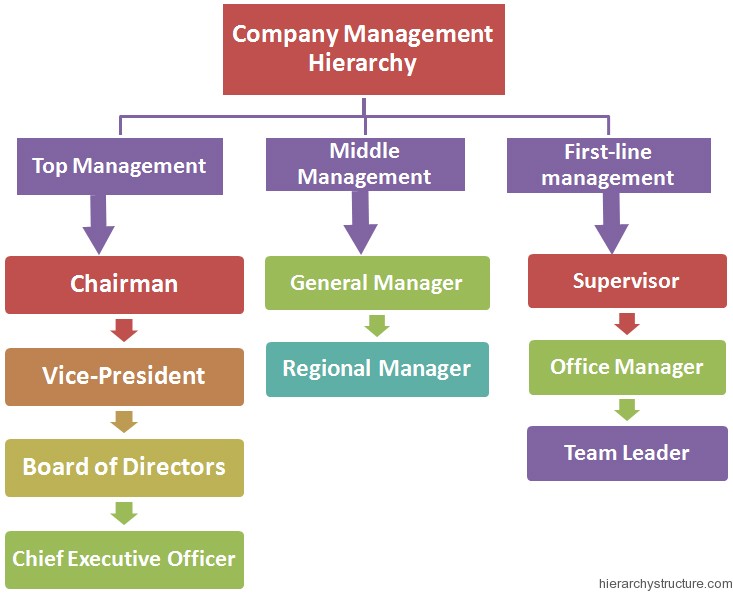
How an Organisation Sabotages Itself
Are You Hiring?
Find candidates in 72 Hours with 5+ million talents in Maukerja Malaysia & Ricebowl using Instant Job Ads.
HIRE NOW
A lot of organisations say they are innovative, but they failed when they try to create a culture based on innovation. Most of the time, the single way to be unique in a crowded market is by going against the normality of it. So to elaborate, here are the three common mistakes that companies do that discourage innovation and need to be corrected.
1. They are focusing too much on productivity.
Traditionally, companies with busy employees mean that there is a high rate of work completion, which hopefully will generate more profits. But, for a company to be innovative, its employees need enough time to think of new ideas. Time for innovation usually means time away from an employee's daily tasks. Is it hard to imagine a top performer at your company having a week off from their daily duties to generate new ideas?
What if:
- The time off resulted in a better process,
- A business problem solved, or
- A new profitable product.
Would it be worth it then?
Companies cannot say they value innovation on the one hand and then say that productivity is the number one priority. They should give employees the time and space to innovate, and they may be surprised by the result.

Most employees that are tasked with generating new ideas still have to juggle daily duties.
2. They are instilling a top-down hierarchical culture.
In organisations that have a robust top-down culture (leader says, workers do), it can be hard to squeeze innovation out of employees. The employees are not used to being heard, so they won't try to speak up, and that isn't good. In this setting, leaders need to try harder in saying, "We want your new ideas" and show they mean it. It is the employees doing the challenging work that have the best knowledge and ideas on new and improved methods of doing things. The highest innovation potential comes from the minds that support the company, rather than the ones on top.
Businesses need to create an inviting and accessible way for employees to share their ideas with higher-ups. It could be:
- Online submission form,
- Focus groups
- Listening sessions.
Ensure the employees are appreciated for sharing their opinions, even if all the ideas aren't chosen.
3. They lack a way to execute ideas.
Innovation isn't just about ideas; it's also about coming up with new practices or products. If you encourage employees to innovate, but they don't see any changes taking place, they will just stop trying. You should have a complete system for innovation than just a place to gather ideas. Be transparent on how ideas will be chosen to move forward, and then share progress updates along the way. Even if you assessed the effectiveness of a new approach and decided it didn't make good business sense to implement, this is a crucial decision to share, as it shows thoughtful consideration.
The last thing you want is for employees to feel their ideas are going nowhere except the dustbin, and that their supposedly innovative company is stagnating despite their efforts. The most innovative employees will either disengage or go work for a more forward-thinking company.

The top to bottom hierarchy has its perks, but it also gets in the way of progress.
Do these practices sound like your organisation? If so, you should now know how to transform company culture to get the most out of your employees.
Encouraging innovation can boost morale, employee engagement and potential company profits, so set your company up for success by dodging these common pitfalls. Start assessing where your company can improve to promote and develop innovative results.
Learn more about AJobThing here!
Source: Entrepreneur
Related articles
HR Guide: Probationary Period Tips and Templates
HR Guide: How to Conduct a Reference Check
All You Need to Know About Probationary Period

